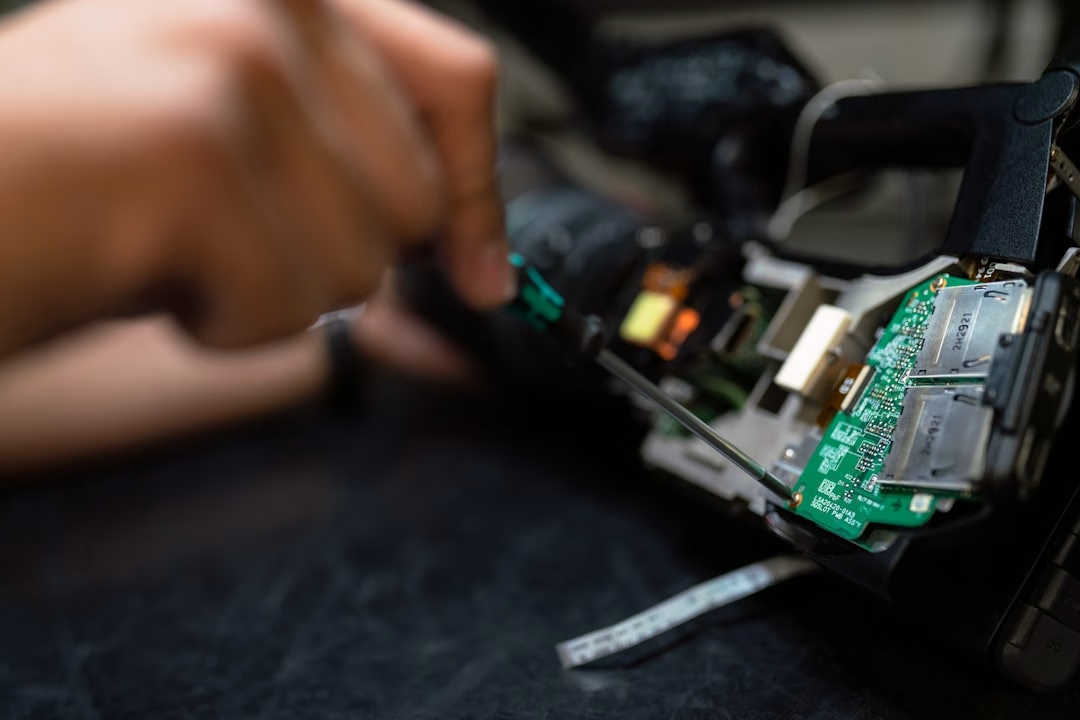A Closer Look at Prototype Model in Software Development
A Closer Look at Prototype Model in Software Development
Hey there! Have you ever wondered about the behind-the-scenes of software development? You know, all those different processes and models that the tech gurus use to bring your favorite apps and programs to life. Today, we’re diving into the unique world of the Prototype Model in software development. Be sure to fasten your seatbelts—it’s pretty fascinating stuff!
So, What is a Prototype Model Anyway?
If you ask me, life is often like a prototype. Just like when we try a new recipe for the first time, we do it based on the best knowledge we have. And then, if the bread’s just a little too crispy or the soup’s too salty, we tweak it in the next attempt. The same logic applies to the Prototype Model in software development.
- The Prototype Model is a system development method. It often gets used when a customer’s requirements aren’t clearly known.
- It allows developers to create a rudimentary version of the software, called a prototype, then refine it based on feedback until it fulfills the customer’s needs.
One Step at a Time: The Prototyping Process
Just last summer, I decided to build my own gaming computer. I looked at different parts, assembled them, fired it up, and—well, nothing happened on the first try. I had to go back, figure out what was causing the issue, and fix it. The process was a lot like prototyping in software development, where:
- The developer gathers initial requirements.
- A basic version of the software (the prototype) gets created.
- The customer and developer then go back and forth, refining and altering until they’re both happy.
Why Use a Prototype Model?
Remember those countless nights I told you about, working on my gaming computer? Well, it wasn’t all for nothing. I finally figured out how to get it up and running! And it paid off big time—I’ve got a system tailored to my exact needs. Software developers enjoy the same benefits and more from the Prototype Model, such as:
- Detecting design errors early.
- Gaining valuable feedback from users.
- Reducing project risk and failure due to clearer requirements.
However, just as my first DIY computer build wasn’t flawless, the Prototype Model may not be perfect for every situation. While it can help identify issues early, it might also encourage frequent changes that could affect the project’s timeline and budget. But hey, like my uncle always says – “no risk, no reward,” right?
Wrapping Up
So there you have it, a sneak peek into the world of software development, through the lens of the Prototype Model. The next time you hit ‘update’ on your favorite app, remember that it might have started as a basic prototype, refined over time to the version you’re using today. Just like how my first attempt at baking bread ended up a little too crispy, the Prototype Model encourages trial and error to arrive at the perfect recipe—or in this case, software.
Chime in with your thoughts or experiences about the Prototype Model or software development—I’d love to hear from you!
Until next time, happy prototyping!
